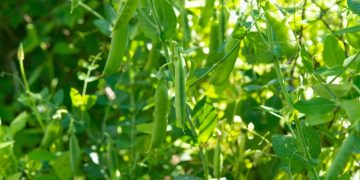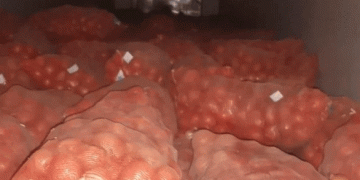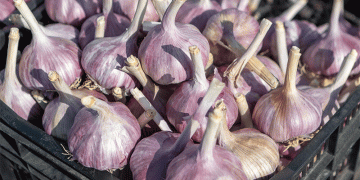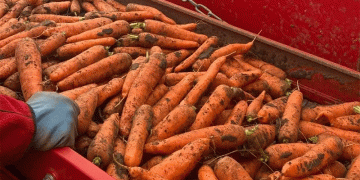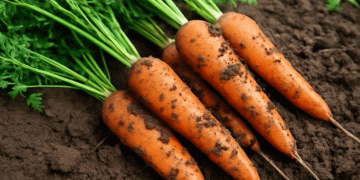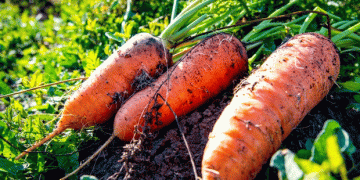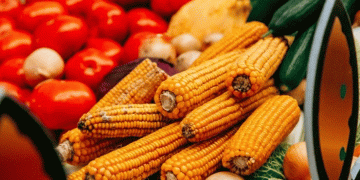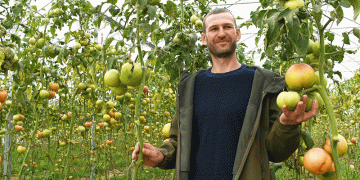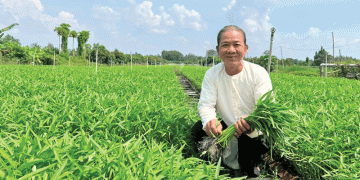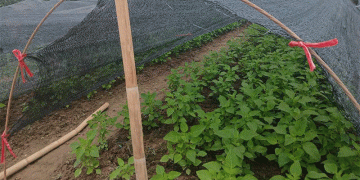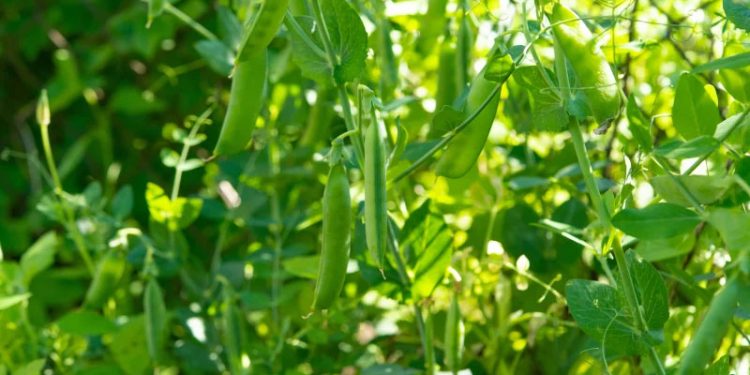Plastic mulch has long been a staple in vegetable production, particularly for weed control and moisture retention. However, its environmental impact—contributing to microplastic pollution and disposal challenges—has led organic growers to seek alternatives. A two-year study by the Rodale Institute’s California Organic Center (COC) suggests that high-residue cover cropping could be a viable solution.
Study Design and Key Findings
The trial, conducted in Camarillo, California, compared two cover crop mixtures:
- Oats & Vetch
- Oats & Field Peas
These were terminated using either tillage or roller crimping, with a fallow control for comparison. Organic pumpkins were planted post-termination under drip irrigation.
Notable Results:
- Highest biomass production: Oats & field peas terminated via crimping yielded 2,741 lbs/acre of residue.
- Weed suppression: Crimped plots had significantly lower weed biomass than tilled or control plots.
- Soil moisture retention: Crimped plots maintained higher soil moisture, even during peak summer heat.
- Yield performance: The oat-vetch mix (especially crimped) produced more pumpkins per acre than other treatments.
The COC concluded that cover crop-based no-till systems—particularly those using oat-vetch—can support competitive yields while improving soil health and reducing weeds, even in the first transition year.
Economic and Practical Considerations for Growers
While cover cropping is not yet widespread in California’s high-value organic vegetable systems, Arianna Bozzolo, COC Research Director, sees potential for adoption if growers can integrate profitable elements. For example:
- Field peas offer dual benefits: nitrogen fixation + marketable pea tendrils for local restaurants.
- Intercropping (e.g., cover crops between salad greens or broccoli rows) allows soil health improvements without sacrificing production time.
However, efficient termination methods remain a hurdle. Roller crimping shows promise, but scaling the system requires further refinement.
Broader Applications Beyond Pumpkins
Though the study focused on pumpkins, Bozzolo believes the system could work for other vegetables, such as peppers, eggplants, and zucchini. The key will be developing reliable termination techniques that allow wider adoption.
A Step Toward Sustainable Organic Farming
The COC’s findings suggest that high-residue cover cropping could reduce reliance on plastic mulch, offering soil health, weed suppression, and yield benefits. While more research is needed, early results are encouraging for organic growers seeking eco-friendly alternatives.
As Bozzolo notes, “If we can find a way to terminate cover crops efficiently, this system could be scaled up in every vegetable-growing state.”
